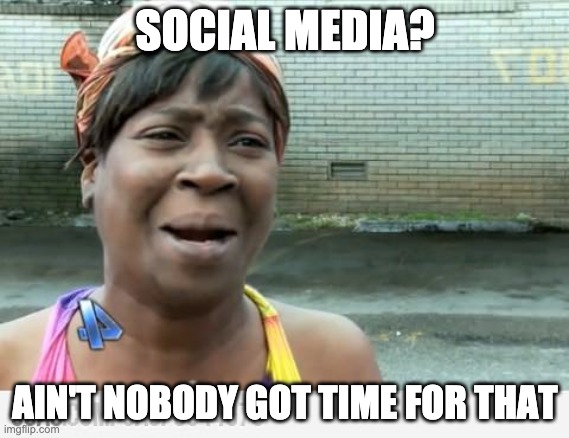Aledo, TX
September 23, 2020
Guess who turned older today? Yup, this guy.
And I actually have a gift for you today…
37 life, biz and sales lessons that have stuck with me in my short 37-year ride on this planet.
There’s plenty of business advice floating around out there, some with longer shelf life than others. These are the ones I find myself going back to day after day, year after year.
Shout-outs to several awesome people and mentors who have influenced this list – The guys at Traffic and Funnels, Alan Weiss, Ian Stanley, Ryan Holiday, Ray Dalio, Colin Theriot, Scott Adams, Jack Butcher and of course Jesus.
- “Whatever you do, work heartily, as for the Lord and not for men.” – Col 3:23
- I am 100% responsible for every decision I make and everything that happens to me.
- Most decisions should probably be made with somewhere around 70% of the information you wish you had. If I wait for 90%, in most cases, I’m probably being slow. Either way, I am good at quickly recognizing and correcting bad decisions.
- Begin anywhere. There’s rarely a clearly defined path, especially when innovating. Start anywhere, build it out, test quickly, iterate, improve over time.
- Be results-focused, not task-focused. If you’re doing a lot but not getting anywhere, you’re task-focused. Focus on the inputs that get the best result.
- Don’t want a thing for other people more than they want it for themselves.
- “Busy” is a choice, and I don’t make that choice. Some days I have more work to do than others. But I’m never “busy.”
- Time is not connected to impact. Impactful things don’t have to take long. Long things aren’t inherently impactful. Focus on impact, not on “spending time.”
- Essentialism – Determine the vital few from the many good.
- Protect and limit my inputs. Everything I consume influences me in some way. I don’t think it does, but it does. Most things distract. Accept inputs (content, advice, feedback) only from people who teach + inspire me.
- If it’s not a system, it’s not a business. What can I systematize today? How can I improve my systems today? How can I remove myself from a system today?
- The One Thing – What’s the one thing I can do now to render other things down the line either easier or obsolete?
- Decisive and Lightning Fast – Be decisive. Make a decision. Then be Lightning Fast at executing it. Like a kick returner in the NFL. He decides he’s going to run it back, then he takes off as fast as he can go.
- Never believe what anyone says about you, good or bad.
- “Become immune from distractions. Pay attention to nothing, except the truth.” – Marcus Aurelius
- Build once, sell twice. Systematize your business and knowledge if you want to serve more people and have a bigger impact.
- Detach from the results. The results do not matter because they are “lag” indicators – you must focus on the “lead” indicators – the execution system – and the results will handle themselves.
- You build your environment, and your environment builds your identity.
- Cherish and protect your time, your most valuable resource.
- My biggest competition isn’t other consultants, other agencies, other husbands, other dads. I’m competing against my own potential. Am I being my best?
- Express gratitude every day. For big things. For little things. Especially for the little things. I’m unbelievably blessed.
- Maintaining proper health (diet, exercise, rest, mental fitness) is the greatest ‘life hack’ on the planet.
- Keep an active mind, and continue to grow intellectually. I either grow or regress. Nothing stands still. Stay curious. Investigate. Test things.
- A clear, persuasive communication skillset is one of the most broadly applicable assets anyone can have. Keep developing it.
- Price is only an issue in the absence of value. Any price without a well-executed sales process is “too high.”
- Remove all chronically stressful situations, environments and people from my life. There’s a huge opportunity cost to this. One bad client, patient or “friend” detracts from my ability to serve the others.
- People treat you how you teach them to treat you.
- Outside of yourself, you control nothing… but you can manage anything.
- Life is an adventure. Treat it that way.
- Situations aren’t important. How you react to them is.
- Relative Change – No need to be perfect. Just be better than you were last week. Do that week after week for compounding results.
- There is massive opportunity everywhere you go. When you believe that, you start to see it. When you are focused on scarcity, those opportunities don’t even cross your radar.
- Security is the lowest form of happiness.
- Patience is profitable. Achievement comes from the sum of consistent small efforts, repeated daily.
- Risks are unavoidable, so take calculated ones.
- If you can articulate and communicate your position better than anyone else, you own your market.
- I am a child of the most high God. This is my identity. It’s my ultimate reality.
Hopefully you found at least a couple of concepts to give you extra motivation, excitement or drive to go after your goals.
Before I head to birthday lunch with my family, I want to thank you. For reading my essays, for your feedback, for challenging me.
Iron sharpens iron. We all continue to get better together.
– Troy “Older/Wiser/Grateful-er” Cole


